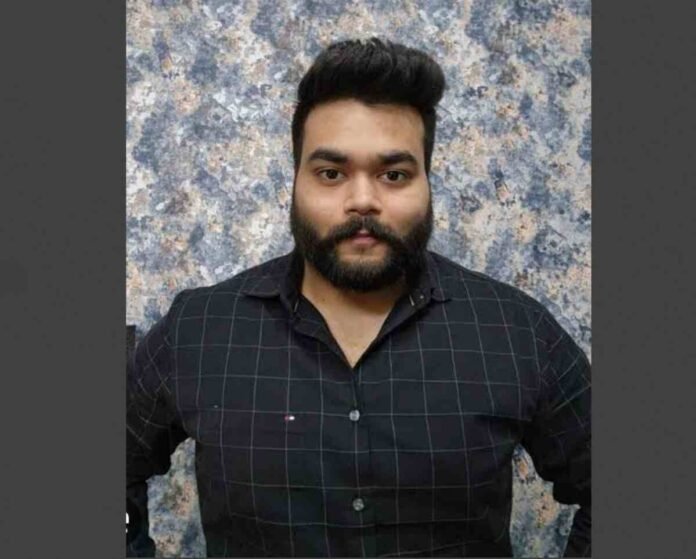Sports mats are the unsung heroes of athletic activities, providing safety, comfort, and performance enhancement across a wide range of disciplines. From the cushioned landing of a gymnast to the stable footing of a weightlifter, the right mat is crucial. The manufacturing processes vary significantly depending on the intended use of the mat, the materials involved, and the specific properties required. One of the most common types of sports mats is the foam mat. These are widely used for general fitness, yoga, Pilates, and even some martial arts. The primary material for many foam mats is ethylene-vinyl acetate (EVA) or polyethylene (PE) foam.
Kho-Kho and Kabaddi Mats: Durability and Defined Boundaries
Both Kho-Kho and Kabaddi are traditionally played on natural surfaces, but the use of mats is becoming increasingly common, especially for standardized competitions and indoor facilities. The primary requirements for these mats are durability, a non-slip surface, and clearly marked boundaries.
The construction of these mats often involves a sturdy foam core, typically made from closed-cell polyethylene (PE) or cross-linked polyethylene (XLPE) foam. The closed-cell structure prevents water absorption, which is crucial for outdoor use and easy cleaning. The foam provides a degree of cushioning for falls and impacts during the fast-paced nature of these sports.
The manufacturing process for the foam core would involve extruding the molten plastic with a blowing agent, as described earlier for general foam mats. The resulting foam sheets are then cut to the specific dimensions required for a Kho-Kho or Kabaddi playing area.
The top surface is a critical component. It needs to be robust enough to withstand the constant movement and friction of players. Heavy-duty PVC (polyvinyl chloride) or canvas is often used. This top layer is typically glued or heat-bonded to the foam core.
A key aspect of these mats is the clear demarcation of playing lines and zones. These markings are usually applied using screen-printing with durable inks directly onto the PVC or canvas surface before it’s bonded to the foam. Precise stencils are used to ensure accurate dimensions and line thickness as per the sport’s regulations. The edges of the mats might be sealed or reinforced to prevent tearing during intense gameplay.
Wrestling Mats: Grip, Impact Absorption, and Hygiene
Wrestling mats need to offer a balance of grip for maneuvers, sufficient impact absorption for takedowns, and a hygienic surface. These mats often utilize a combination of different foam densities and a specialized top layer.
The core of a wrestling mat often consists of high-density polyurethane (PU) foam or a combination of PU and closed-cell PE foam. The PU foam provides excellent shock absorption, while the closed-cell foam adds stability and prevents moisture absorption. The foam layers are typically created through foam molding processes, where liquid chemicals are poured into large molds to form the required thickness and density.
The top surface of a wrestling mat is usually made of a durable, non-abrasive vinyl. This vinyl is often textured to provide optimal grip for wrestlers. It must also be easy to clean and disinfect to maintain hygiene. The vinyl sheet is carefully bonded to the foam core using strong adhesives or heat-sealing techniques.
The circular marking in the center of a wrestling mat is typically either inlaid using a different colored vinyl piece or screen-printed with durable inks. The edges of wrestling mats are often heat-sealed to create a smooth, continuous surface and prevent separation of the layers.
Gymnastic Mats: Varied Needs from Landing to Floor Exercise
Gymnastics encompasses a wide range of events, each requiring mats with specific properties. Landing mats need maximum impact absorption, while floor exercise mats need a balance of cushioning and firmness.
Landing Mats: These are designed for high-impact landings from vaults, uneven bars, and other apparatus. They often feature thick layers of open-cell and closed-cell polyurethane foam of varying densities. The manufacturing process involves foam molding of these layers. The outer cover is typically made of durable vinyl or nylon with ventilation holes to allow air to escape upon impact. These covers are sewn with reinforced stitching to withstand repeated use.
Floor Exercise Mats: These are usually thinner and denser than landing mats. They often consist of cross-linked polyethylene (XLPE) foam or a combination of PE and EVA foam. The manufacturing process is similar to general foam mats, involving extrusion and cutting. The top surface is often a carpet-like material bonded to the foam, providing a comfortable and stable surface for routines. Markings for the performance area are often integrated into the carpet design or applied through printing.
Yoga Mats: Grip, Comfort, and Eco-Consciousness
Yoga mats prioritize grip, comfort, and increasingly, environmental sustainability. Materials range from PVC to TPE (thermoplastic elastomers) and natural rubber.
PVC Yoga Mats: These are often manufactured through calendering, a process where PVC is pressed between rollers to create thin sheets. Textures for grip are embossed during this process. While durable and affordable, PVC’s environmental impact has led to the popularity of alternatives.
TPE Yoga Mats: TPE mats are often made using extrusion or injection molding, similar to other foam mats. TPE offers a good balance of grip, cushioning, and recyclability. Different densities and textures can be achieved by varying the manufacturing parameters.
Natural Rubber Yoga Mats: These are typically made from sustainably harvested tree rubber. The rubber is processed into sheets, often with added natural fibers like jute for enhanced grip and durability. Some natural rubber mats undergo foaming processes to increase cushioning. They are often biodegradable, appealing to environmentally conscious users.
The mats used in Kho-Kho, Kabaddi, Wrestling, Gymnastics, and Yoga are each designed and manufactured with the specific demands of the sport in mind. From the durable, marked surfaces of Kho-Kho and Kabaddi mats to the high-impact absorption of gymnastic landing mats and the grippy, eco-friendly nature of yoga mats, the underlying manufacturing processes are carefully chosen to optimize performance, safety, and longevity.
Paras Mahewshwari
Director,Gravolite



